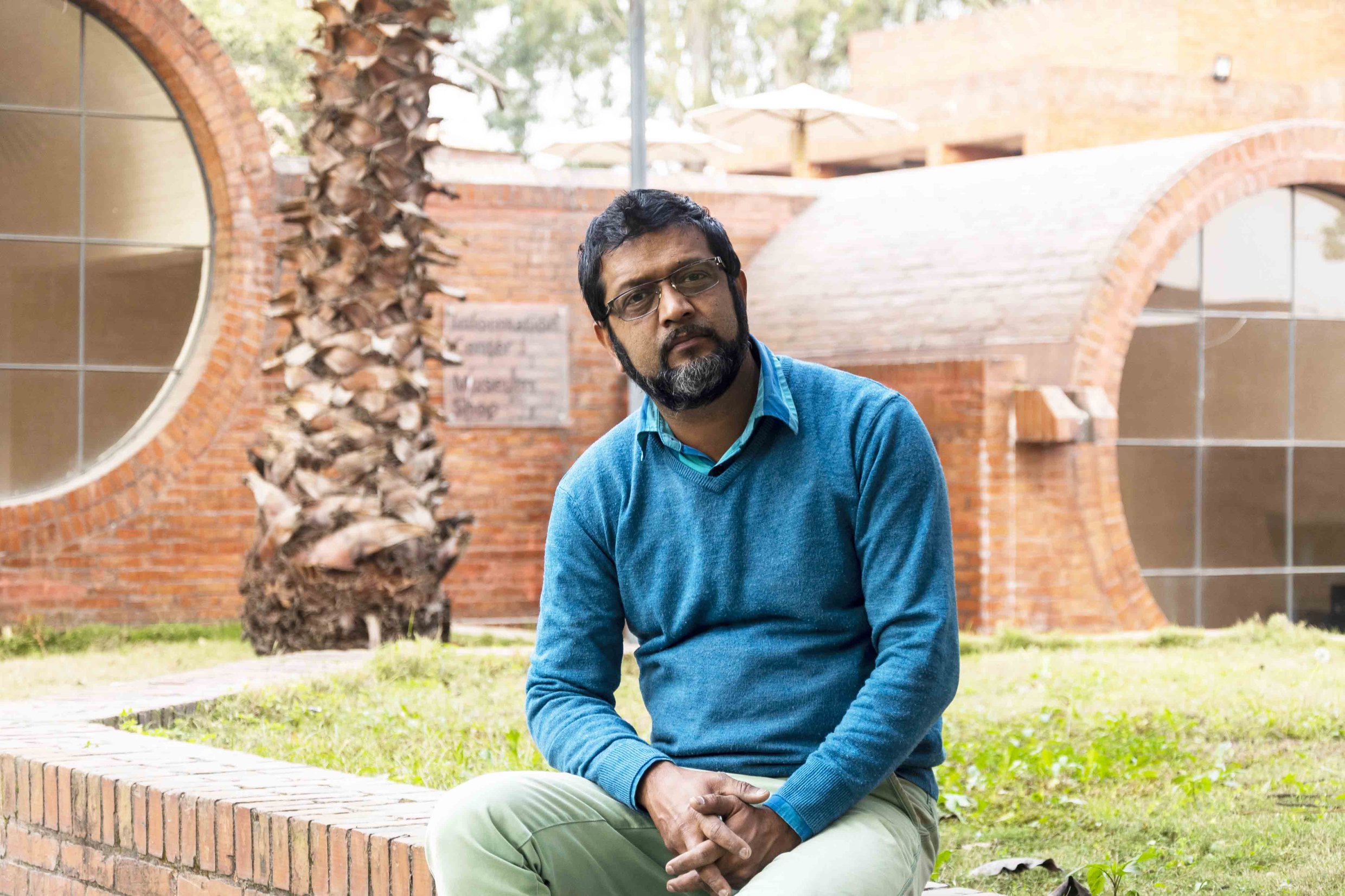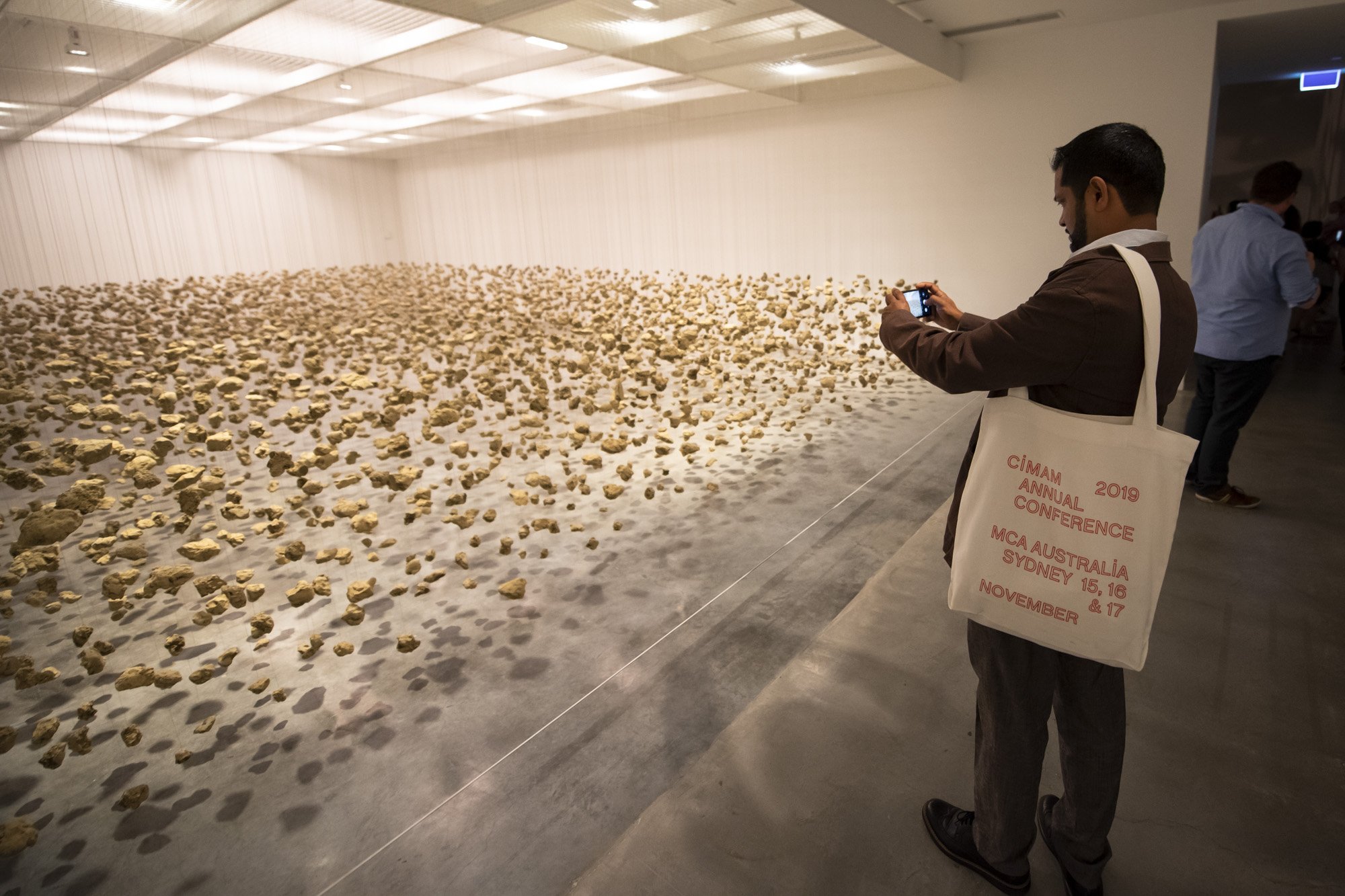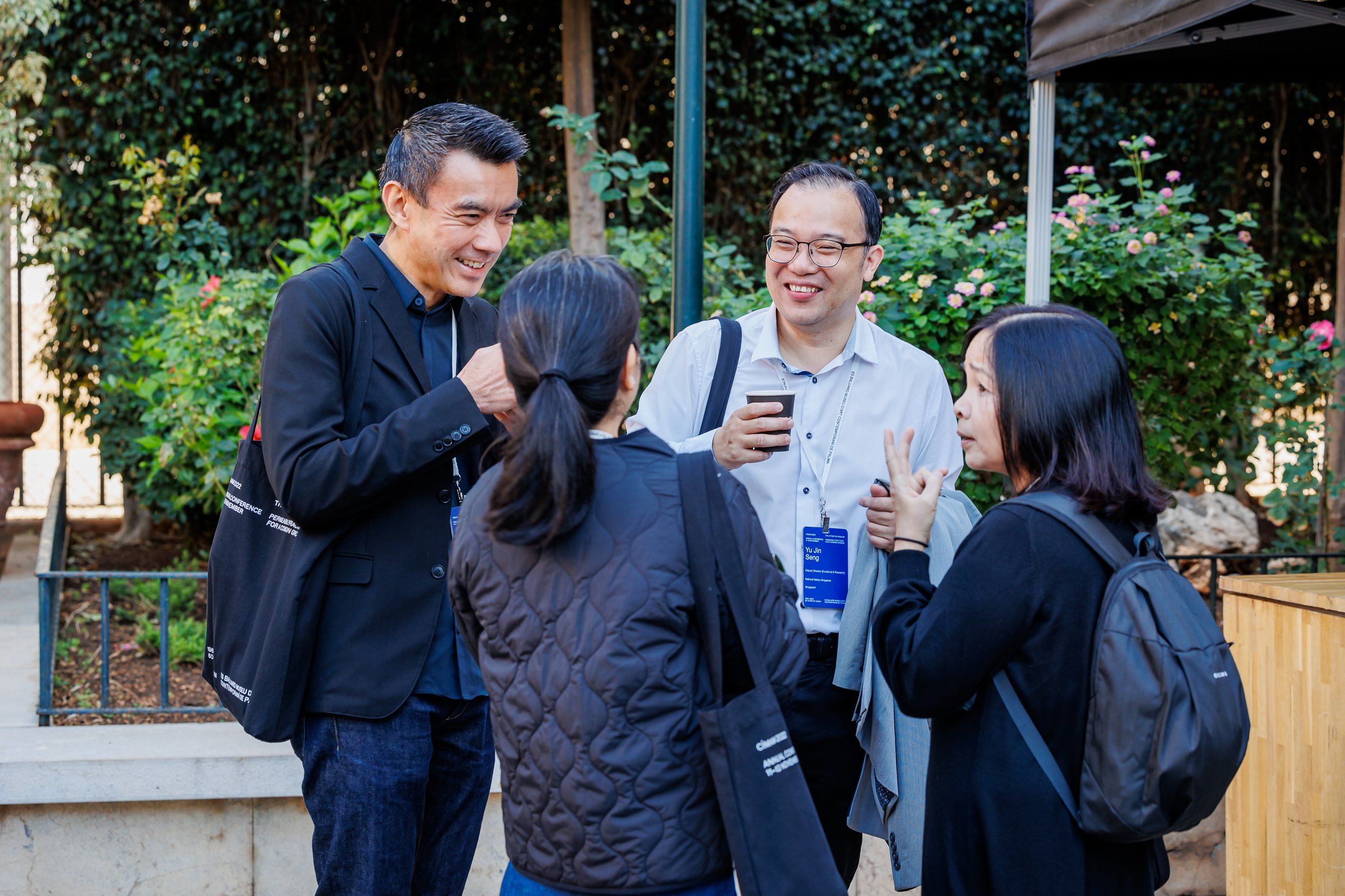Who’s Who at CIMAM: Roshan Mishra

Roshan Mishra, Director, Taragaon Museum and Kathmandu-based visual artist.
How did you get started in the world of art curating, and what led you to dedicate your professional career to it?
Being the director of a museum, having studied art and being trained as an artist; becoming a curator and entering the world of art curating was a natural progression for me. Sometimes in life, we are meant to go for a specific profession, and that is exactly what happened with my career. I've always dreamed of opening my own museum because I have a sizable collection of my father's work and hopefully my whole experience within this sector will help me to fulfil it. For the last 10 years, I have devoted my career at the Taragaon Museum and the Saraf Foundation, which has allowed me to grow as a museum professional, a curator, an archivist, and most importantly, as a person. The whole experience has immensely helped me to dedicate my career as an art promoter, admirer and a conservator of Nepali art.
The contemporary art sector constantly evolves, with new narratives emerging as artists, curators, and art institutions respond to current social and cultural issues. These new narratives are shaping the future of the contemporary art sector by pushing boundaries and challenging traditional art forms.
What do you think about this trend?
What kind of narratives are you currently working with, or are you most interested in?
Contemporary art is constantly changing, it is something that cannot be boxed to give it a shape as it is always evolving. I have realised that all the traditional museums around the world are working differently to respond to global issues, therefore the role of a curator and the scope of their work has become much larger. Curators are no longer just custodians or caretakers; they are transitioning into narrators, constantly looking for multiple layers to narrate and pushing the traditional boundaries, in order to initiate important dialogues such as social political issues, indigenous art, marginalized people, globalization, gender issues, cultural crisis, and decolonization. I am very excited about this trend because it is looking for a bigger impact, and through visual art I feel the voices will be well heard. In Nepal, I usually work with local social issues along with some of the other topics I mentioned above. I am mostly interested in working with the younger generation, and with climate and environmental issues.
Curators play an essential role in constructing these new narratives. They also play a critical role in supporting artists and helping to promote their work to a broader audience.
How would you define yourself as a curator concerning research, the relationship with artists, and institutions?
What are your most common working practices and research sources?
Curator's working practices and research sources can vary depending on the type of institution, specific exhibition or a collection they are working on. As a curator I definitely feel that we have a vital role in constructing new narratives by bringing together diverse perspectives, ideas, and artwork to create a coherent and compelling story.
In Nepal’s context, I look at various aspects which define me as a curator. I feel I have responsibility and also the capacity to provide space to promote artists, therefore I continuously work closely with the art and culture related community and I get involved in a dialogue and facilitate them to erase the void between the artist, audience and the space. I believe that constant interaction with artists, students, museums, galleries, and universities is my common practice for keeping updated. They also are my resources when I engage and interact with Nepal's contemporary art scene.
What book have you recently read that has inspired you in the development of your professional activity?
‘Do it’ by Hans Ulrich Obrist.
Any book by him, I believe will inspire me to think, work, and curate differently in order to develop my professional approach as a museum director and curator. He describes exhibition as a process rather than seeing exhibitions as static and fixed entities, Obrist views them as dynamic and evolving, shaped by ongoing conversations and interactions between artists, curators, and audiences.
What was the last exhibition you attended, and how did it impact you?
In November 2022, I was able to witness Japanese artist Yayoi Kusama at Tate and the American artist Carolee Schneemann exhibition at the Barbican centre in London. Kusama’s immersive experience took me on a journey through the unique and captivating world of Yayoi Kusama's art. Her immersive installations gave me the experience of endless reflections, light, and color.
Carolee Schneemann's work was a form of feminist activism, as throughout her life she challenged the patriarchal structures that have traditionally defined women's bodies as passive objects for male consumption. Both of these exhibitions were extraordinarily impactful for me, in terms of its contents, artwork, curatorial concept and exhibition design. It was also thrilling to see just how far an artist could push the boundaries of their imagination, activism and their concept.
Can you share a song to include in CIMAM's Spotify playlist?
May I suggest a Nepali song? Just a little Nepali flavour in the form of a song shared by probably the one and only CIMAM member from Nepal.
Enjoy it!
"Kalo Keshma Relimai"- Beautiful song sung by Sunita Thegim, composed & penned by Dinesh Dhakal.
Roshan's Biography

Roshan is the Director of Taragaon Museum and a Kathmandu-based visual artist. He oversees the Nepal Architecture Archive (NAA), which is run by the Saraf Foundation for Himalayan Traditions and Culture, a Taragaon Museum patron organisation. He has been affiliated with the Museum for almost 8 years, working with its permanent collection, launching the Contemporary Art Gallery, and creating an archive and a library.
Roshan is the founder of Global Nepali Museum, Nepalian Art, and an initiator of the Mishra Museum. He is a visiting faculty at the Kathmandu University, Art and Design Faculty for research, documentation and archiving programs. He studied Fine Arts in Nepal, Japan and in the UK, and holds a Master’s Degree in Digital Art.
Roshan is now actively involved in the Nepal Heritage Repatriation campaign (NHRC) to bring back Nepali lost and stolen heritage, this campaign is a separate project, which is not linked with his current role at the Taragaon Museum.
https://www.linkedin.com/in/r0shan-mishra/
Who's Who in CIMAM: Get to know our members and find new ways of collaboration
A new project intended to activate CIMAM's extraordinary and unique international network of Directors and Curators of Museums and Collections of Modern and Contemporary Art.
We want our members to harness the contacts they have been generating for the last 60 years to make themselves known and find opportunities for collaboration anywhere in the world.
"Who's Who at CIMAM", are a series of rapid, practical, and dynamic written interview aiming to provide relevant information about the projects in which members are involved, sources of information and inspiration, working methodologies, and recommendations on readings and exhibitions.

Want to participate?
Send us a request to info@cimam.org and we will interview you, and you will be featured in CIMAM's social networks and newsletter.